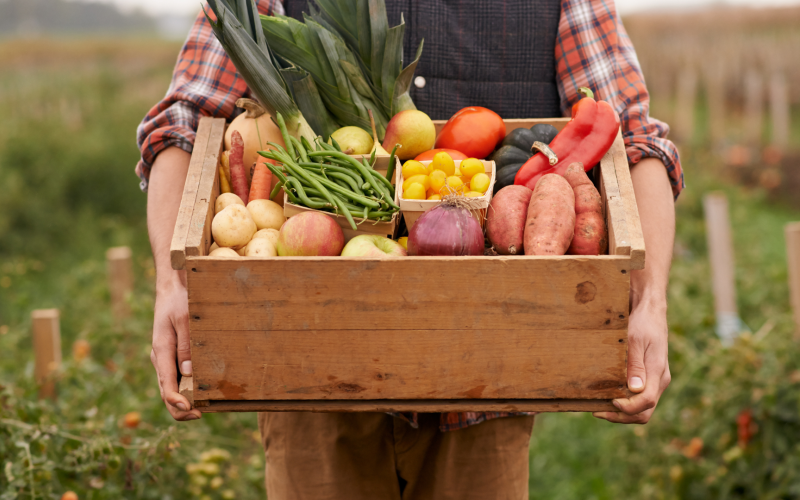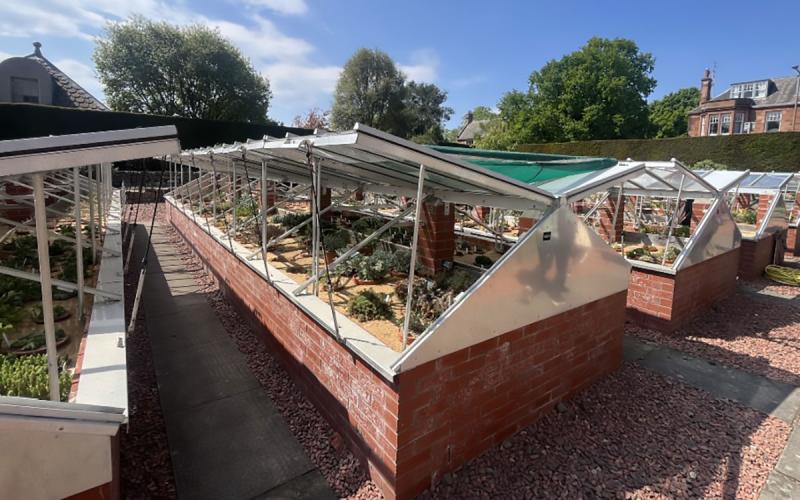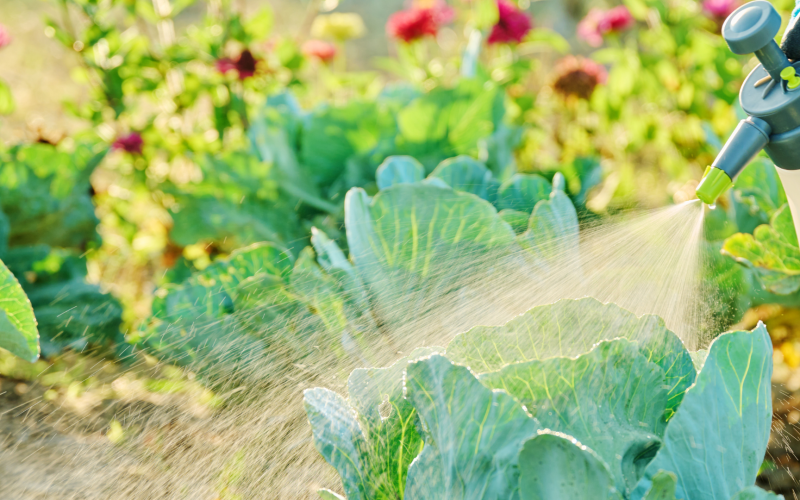Written collaboratively by Rhoda Burrows, former Professor & SDSU Extension Horticulture Specialist; and Anne Fennell.
Raspberries can be eaten fresh; incorporated into breakfast cereals, yogurts or salads; baked in muffins or pies; preserved for jelly, jam or syrup; or used in numerous other ways. They are a good source of vitamin C and contain high levels of fiber. They also contain high levels of phytochemicals, such as ellagic acid, gallic acid and rutin, which are nutrients that are believed to reduce the risk of diseases such as cancer.
All raspberries belong to the genus Rubus and are brambles (thorny plants of the genus Rubus). Raspberries have a perennial crown and root system, but the canes (the aboveground stems) are biennials, meaning they live for only two growing seasons.
During the first season, the new canes, called primocanes, are produced from the roots and crown of the plant. New primocanes are produced each year from each plant, so fruit production continues year after year. After primocanes overwinter, they are called floricanes.


